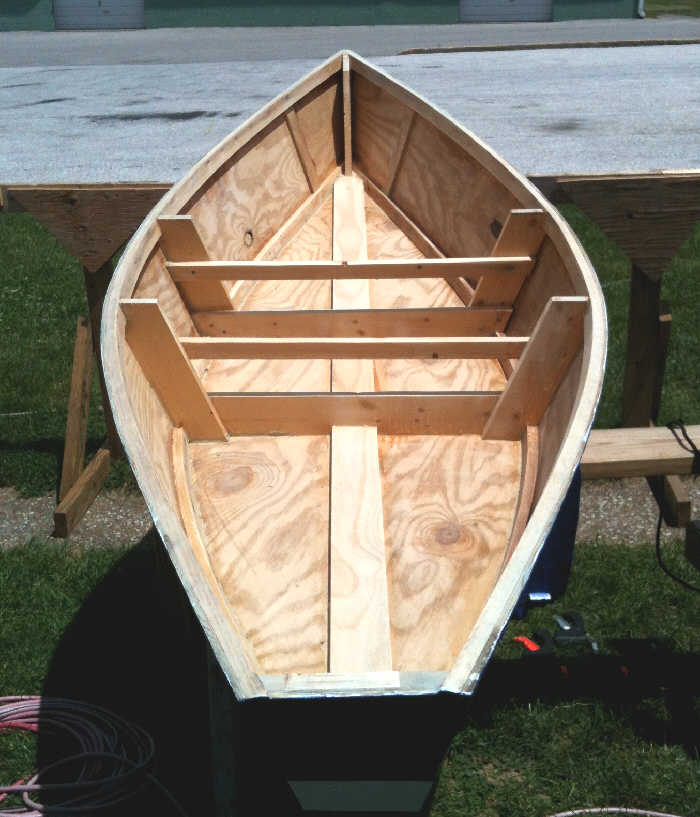
Beyond the Plans: Unveiling Hidden Gems in Wooden Boat Building
Building a wooden boat is a deeply rewarding experience, a journey that blends craftsmanship, engineering, and a healthy dose of patience. "How to Build a Wooden Boat with Free Plans for Stability," while offering a valuable foundation, often leaves certain crucial aspects under-explored. This article delves into those often-overlooked nuances, offering fresh perspectives for both seasoned builders and enthusiastic beginners.
Beyond the Blueprint: Questioning the "Free" in Free Plans
Let's address the elephant in the room: "free plans." While enticing, free plans often lack the crucial detail and nuanced considerations necessary for a truly successful build. This isn't necessarily a criticism of the plan creators; it's a reflection of the complexities involved. So, how can we make the most of these valuable resources while mitigating potential pitfalls?
Q: How can I leverage free plans effectively, without compromising the boat's integrity?
A: Treat free plans as a starting point, not a definitive guide. Supplement them with additional resources like:
- Detailed boatbuilding books: These offer comprehensive explanations of techniques and principles often absent from free plans.
- Online forums and communities: Engage with experienced builders. Their insights, learned through trial and error, are invaluable.
- Local woodworking clubs or boatbuilding schools: Hands-on learning and mentorship accelerate your understanding and skill development.
- Advanced software: Software like FreeCAD or similar CAD programs can help you analyze the plans for structural weaknesses and optimize designs before building.
The Unsung Hero: Wood Selection and its Impact on Stability
The choice of wood isn't merely aesthetic; it fundamentally influences the boat's strength, durability, and stability. Most free plans recommend a general wood type, but the specifics are rarely detailed. This oversight can lead to unexpected problems.
Q: How does the specific wood species influence the final stability and performance of the boat?
A: Different wood species possess varying densities, grain patterns, and moisture content, all impacting the boat's structural integrity and buoyancy. For example, cedar, known for its rot resistance, might be less strong than oak for certain applications. Using readily available resources like the USDA Forest Service's Wood Handbook can significantly improve decision-making in wood selection. Consider factors like:
- Density: Higher density generally means greater strength but potentially higher weight.
- Grain orientation: Proper alignment of the grain is crucial for structural integrity.
- Moisture content: Using properly kiln-dried lumber prevents warping and cracking.
Beyond the Build: Sustainable Practices and Responsible Sourcing
While the thrill of construction is undeniable, responsible sourcing of materials is equally important. Many free plans don't address the environmental impact of the project.
Q: How can I build my dream boat while minimizing my environmental footprint?
A: By actively choosing sustainably harvested wood, you lessen your impact. Look for certifications like the Forest Stewardship Council (FSC) label, ensuring the wood comes from responsibly managed forests. Furthermore, consider using reclaimed wood whenever possible, giving a second life to already existing material. This practice reduces waste and adds a unique character to your boat. Finally, proper disposal of waste materials is essential. Explore local recycling options for wood scraps and finishes.
Building a wooden boat is a journey of learning, creativity, and enduring satisfaction. By acknowledging and addressing the subtle nuances beyond the initial plans, you transform your project from a simple construction exercise into a testament to craftsmanship and responsible stewardship.






0 comments:
Post a Comment
Note: Only a member of this blog may post a comment.